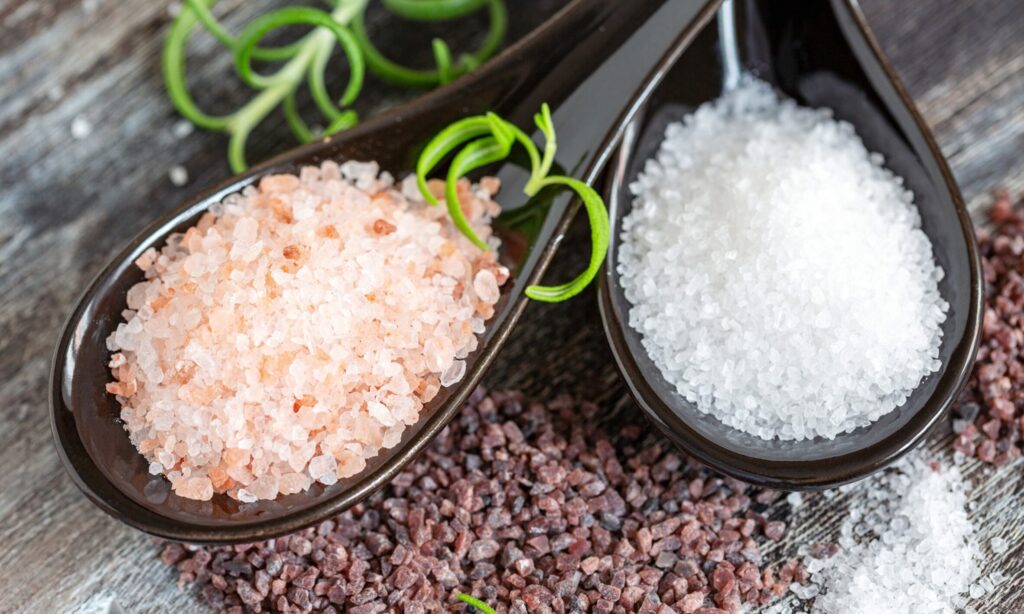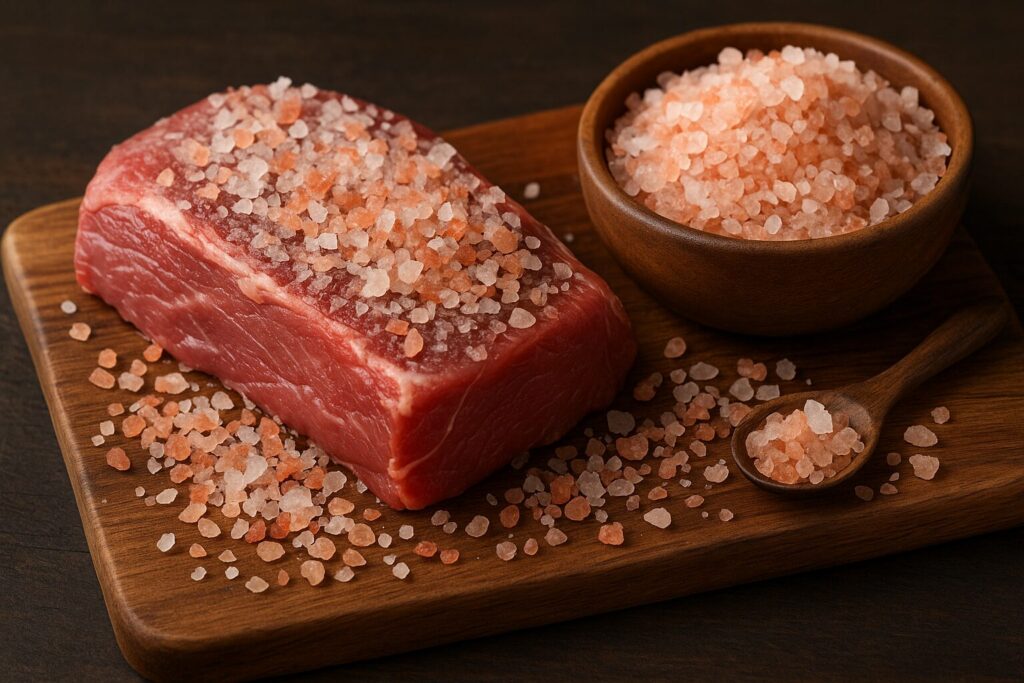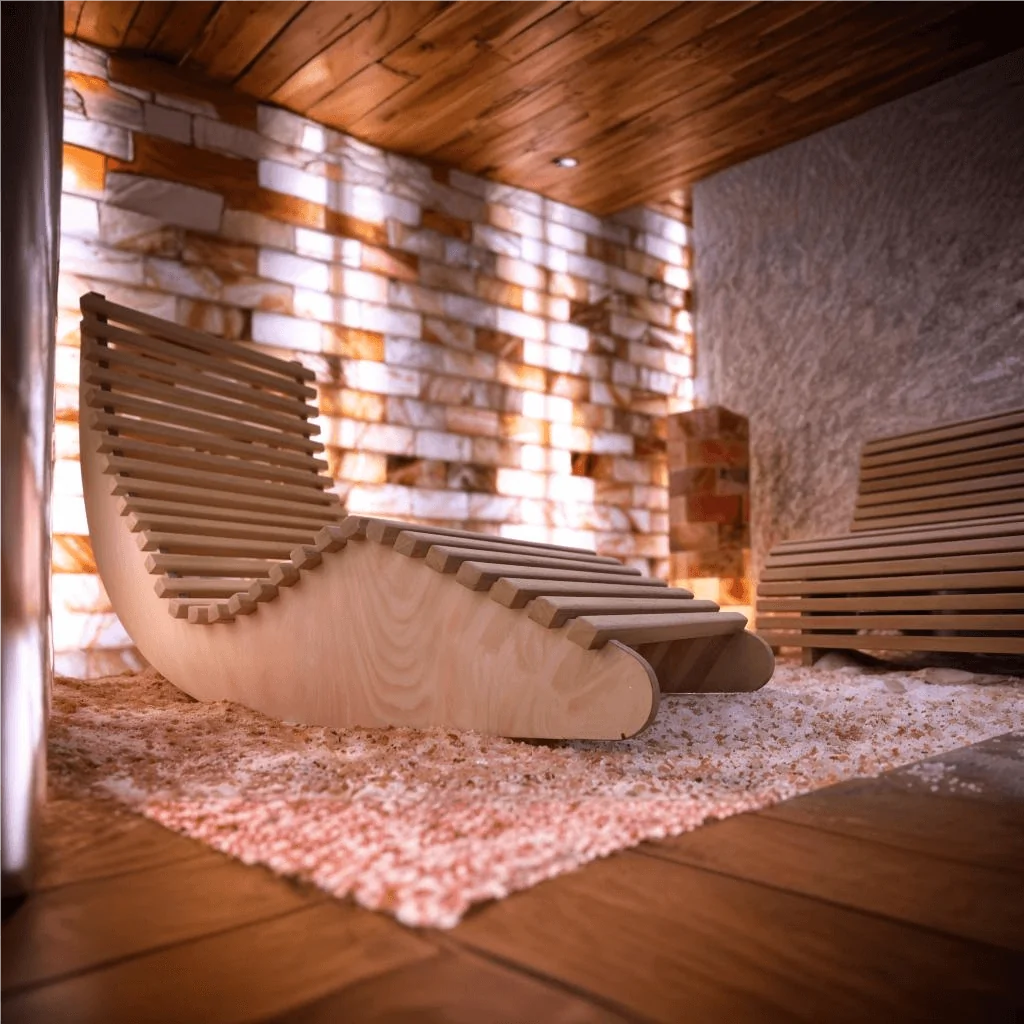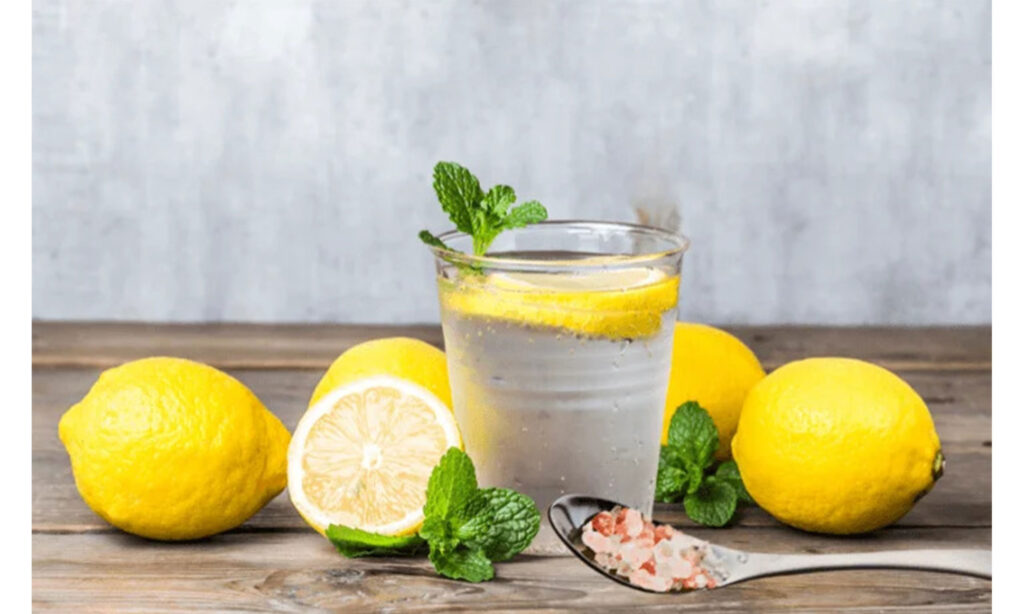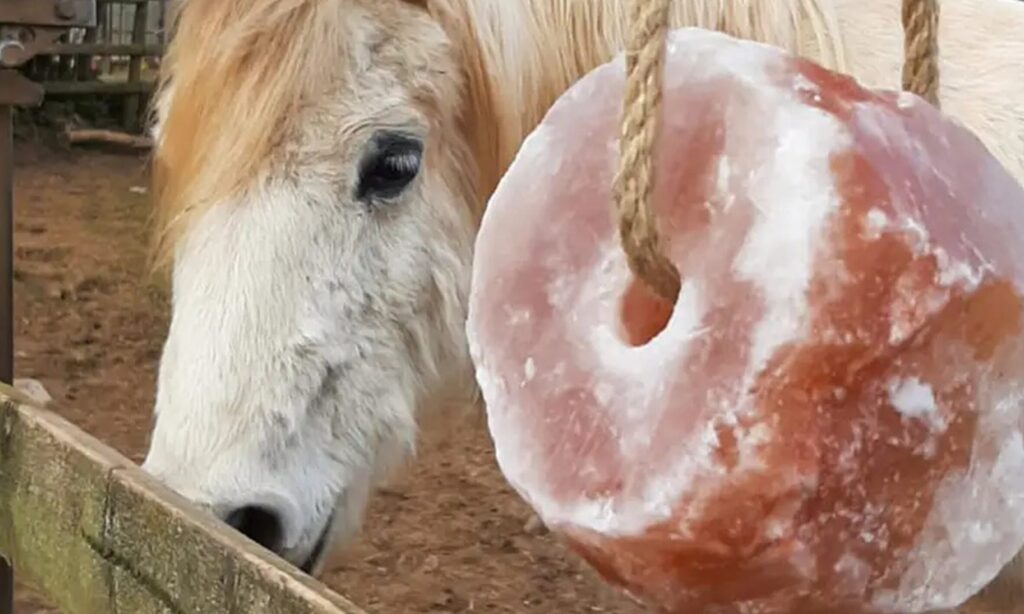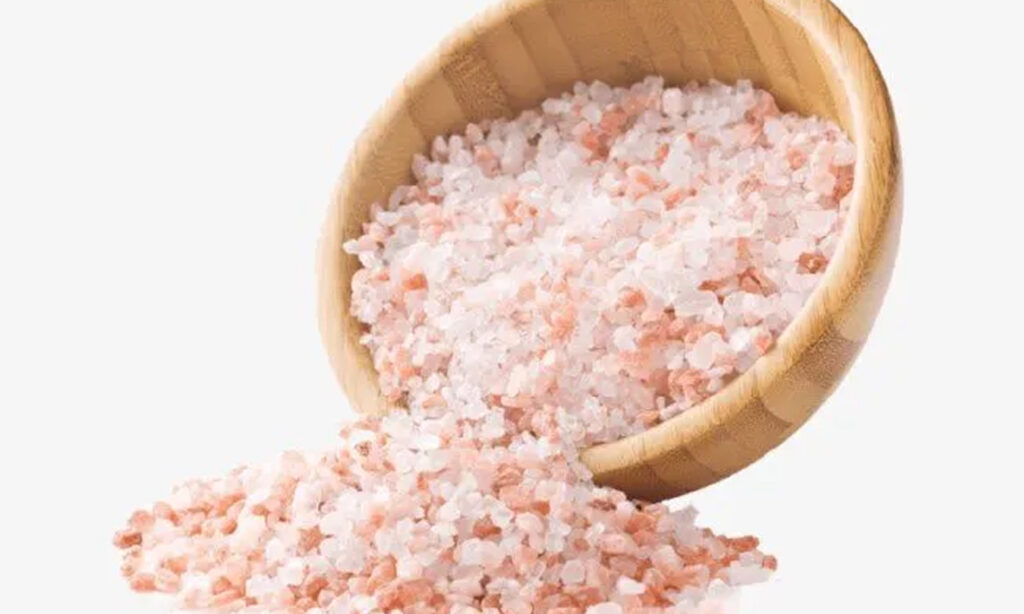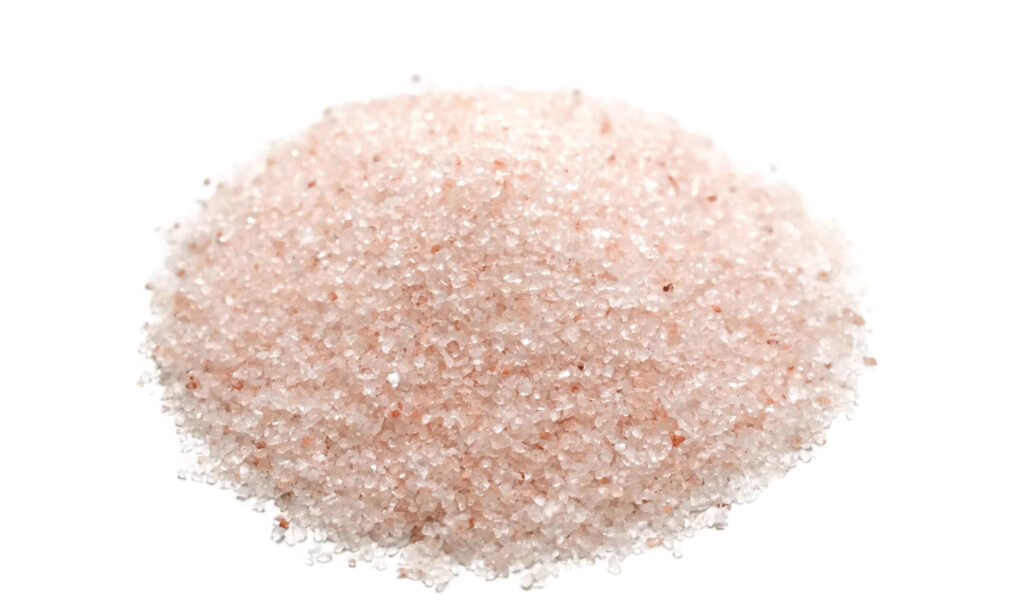Himalayan Salt vs Sea Salt Which One Truly Benefits Your Skin and Health?
Salt isn’t just something you sprinkle on your food. It’s a vital mineral used for centuries for healing, skincare, and detoxification. But when it comes to choosing between Himalayan Salt vs Sea Salt, which is better for your skin, health, and beauty? Both are natural, minimally processed salts, yet they differ in origin, composition, and uses.
This article will break down the difference between Himalayan salt and sea salt, explore their benefits especially for the face and skin and help you make an informed choice.
How Many Types of Salt Are There?
Before diving into comparisons, it’s worth noting that there are over a dozen types of edible and therapeutic salts worldwide. Some of the most popular include:
- Table Salt – Refined, iodized salt commonly used in cooking.
- Himalayan Pink Salt – Mined from the Khewra Salt Mine in Pakistan.
- Sea Salt – Harvested from evaporated seawater.
- Celtic Salt – A moist, grey sea salt from France.
- Kosher Salt – Large-flake salt used in koshering meat.
- Black Salt (Kala Namak) – A sulfur rich salt often used in Indian cuisine.
Each of these salts has unique properties, but today’s focus is on the most debated pair: Himalayan Salt vs Sea Salt.
What is Himalayan Salt?
Himalayan salt is a pink hued salt harvested from ancient sea beds in the Himalayan mountains of Pakistan. It’s celebrated for being one of the purest salts on earth. Unlike regular salt, it’s free from toxins and pollutants.
Unique Minerals in Himalayan Salt
Himalayan salt contains 84 trace minerals, including:
- Magnesium
- Potassium
- Calcium
- Iron (which gives it the pink color)
- Zinc
These unique minerals are believed to offer a wide range of health and beauty benefits.
What is Sea Salt?
Sea salt is made by evaporating seawater. It’s less processed than table salt and retains trace minerals depending on where it’s harvested. The minerals give it a more complex flavor and slight variations in texture and color.
However, one concern with sea salt today is microplastic contamination, as oceans have become more polluted.
Himalayan Salt vs Sea Salt: Nutritional Comparison
| Mineral | Himalayan Salt | Sea Salt |
|---|---|---|
| Sodium (Na) | ~98% | ~98% |
| Calcium (Ca) | Higher | Moderate |
| Magnesium (Mg) | Higher | Moderate |
| Potassium (K) | Higher | Moderate |
| Iron (Fe) | Trace levels | Negligible |
Although both salts provide trace minerals, Himalayan salt contains a broader spectrum of unique minerals due to its unpolluted, ancient origin.
Himalayan Salt Benefits for Face and Skin
- Natural Exfoliator
Himalayan salt makes a powerful scrub that removes dead skin cells and unclogs pores. - Detoxifying
A warm Himalayan salt bath can help draw out toxins from the body and leave the skin refreshed. - Balances pH Levels
It helps restore the skin’s natural pH balance, preventing breakouts and irritation. - Improves Circulation
Salt massages increase blood flow and promote healthier, glowing skin. - Fights Acne
Thanks to its antibacterial properties, it’s effective in reducing acne causing bacteria.
Sea Salt Health Benefits
- Supports Electrolyte Balance
Sea salt contains minerals like magnesium, calcium, and potassium which help maintain hydration. - Improves Digestion
It stimulates the production of digestive enzymes and stomach acid. - Relieves Skin Conditions
Sea salt baths are commonly used to treat eczema, psoriasis, and dry skin. - Promotes Oral Health
Sea salt rinses help kill bacteria and freshen breath naturally. - Alkalizing Effect
Despite being salty, it can actually help reduce acidity in the body.
Himalayan Salt vs Sea Salt for Skin: Which One Wins?
Here’s a quick comparison of Himalayan salt vs sea salt for skin:
| Feature | Himalayan Salt | Sea Salt |
|---|---|---|
| Source | Mined from ancient sea beds | Harvested from seawater |
| Purity | Extremely pure | May contain microplastics |
| Mineral Content | Rich in 84 trace minerals | Moderate minerals |
| Best Uses | Scrubs, baths, face masks | Baths, exfoliants |
| Skin Benefits | Detox, acne relief, pH balance | Soothes eczema, hydrates |
If you’re looking for a deep detox and glow, Himalayan salt may be the better option. If your goal is to soothe irritated skin, sea salt can still offer great value.
How to Use These Salts for Skincare
Himalayan Salt Face Mask
- 1 tsp pink salt
- 2 tsp honey
- Mix and apply to your face for 10–15 minutes. Rinse with warm water.
Great for acne and glow.
Sea Salt Bath Soak
- ½ cup sea salt
- Add to warm bath water and soak for 20 minutes.
Perfect for relieving dryness and inflammation.
Are There Risks to Using Salt on Skin?
Yes, always use these salts moderately. Overuse or using on open wounds can cause irritation. Always patch test first, especially if you have sensitive skin.
Summary: Which Salt Should You Choose?
When choosing between Himalayan Salt vs Sea Salt, it boils down to your goals:
- Choose Himalayan Salt for detox, exfoliation, and acne prone skin.
- Choose Sea Salt for hydration, calming inflammation, and treating eczema.
Both salts are excellent for skincare routines when used properly and moderately. Their unique minerals are nature’s gifts to glowing, healthy skin.
FAQs
Which is better: Himalayan salt or sea salt for the face?
Himalayan salt is often preferred for the face due to its high mineral content and detoxifying effects.
Can I use Himalayan salt as a daily face scrub?
Yes, but limit to 2 3 times a week to avoid over exfoliating or drying out the skin.
Are there any side effects of using sea salt on skin?
Sea salt is generally safe, but it may irritate sensitive or broken skin if not diluted properly.
Is there a risk of microplastics in sea salt?
Yes, many sea salts can contain microplastics due to ocean pollution, unlike Himalayan salt which is mined.
How many types of salt are there and which is best for health?
There are over 10 types of salts. Himalayan salt and sea salt are among the best for health due to their mineral richness and natural origins.


